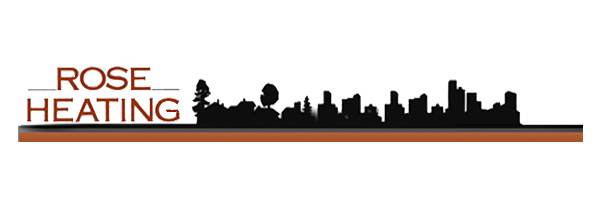Transparency Market Research published new “HVAC Equipment Market – Global Industry Analysis, Size, Share, Growth, Trends, and Forecast, 2012 – 2018”
As the global economy continues to expand and provide new market booms in nations like China and India, more and more consumers will be looking to get luxuries that previously were not available due to financial constraints. One of these luxuries, for individuals as well as corporations, will be climate controlled environments. As the world continues to get hot during the summer time and cold during the wintertime, the purchasing rate of HVAC units will rise as more capital becomes available. As such, the global HVAC equipment market is expected to exceed $139 billion by 2018, a growth of nearly nine percent compared to the present rate.
Analysis Of The Global HVAC Equipment Market
As little as one or two decades ago, nations with less spending power than the United States or Europe had few options for climate control on the hottest of days. Rotary fans that simply moved air about may have been the sole option for a solution to a scorcher, since these units cost little and require a minimum of electricity. Today, however, an increase in spending as well as more complex utility grids in developing nations will create a higher demand for advanced climate control techniques. For these nations, HVAC providers will rush to be the first ones to sell new units as well as repairing services.
Cooling Units As A Dominant Segment
Many of the cold-weather countries in the world that require heating during the winter already have established economies with the buying power to spend on luxuries like HVAC. Nations like the US, Canada, northern Europe, and Russia have long since willingly purchased HVAC units in order to make sure that chilly winter days get thawed out. The focus of HVAC sales for the next decade will not be on the cold nations but on the hot ones: cooling units as a dominant segment of HVAC sales will shift the attention of corporations towards tropical equatorial nations with routinely hot weather, such as Indonesia and Brazil. These regions, where nearly every day the temperature falls between seventy and ninety degrees, have a year-round demand for cooling units with a bare minimum of necessity for heating. As such, HVAC companies will shift towards the production of cooling-intensive products in order to meet the demand of a sweltering customer base.
The Cooling Titans Of The Industry
While many corporations manufacture HVAC cooling units, market analysis has identified Carrier as the leading player in the climate control business. This company enjoys a larger market share than any of their competitors and is poised to expand drastically overseas. Their existing customer base will only provide a small margin of new profits, so HVAC producers like Carrier are looking to ramp up sales in new territories that previously only had a bare minimum of buying power due to slumping economies.

